TVS NTORQ 150 Hyper Sport Scooter Launched At INR 119,000
- By MT Bureau
- September 04, 2025

TVS Motor Company (TVSM) has unveiled the new TVS NTORQ 150, positioning it as India's quickest hyper sport scooter. Designed for a new generation of riders, this model combines high performance with advanced technology and a striking aesthetic inspired by stealth aircraft.
At the heart of the scooter is a race-tuned, 149.7 cc engine that produces 13.2 PS of power and 14.2 Nm of torque. This powertrain enables impressive acceleration, allowing the scooter to go from 0 to 60 km/h in just 6.3 seconds and achieve a top speed of 104 kmph, making it the fastest in its category.
The scooter's aggressive design communicates its performance-oriented character. Key styling elements include MULTIPOINT projector headlamps, aerodynamic winglets, a distinctive muffler with a signature exhaust note and coloured alloy wheels. The forward-biased stance and sculpted form are intended to suggest visual speed and aerodynamic efficiency.
A major highlight is its advanced technology suite. A high-resolution TFT display, powered by TVS SmartXonnect, offers over 50 connected features. These include integration with Alexa and smartwatches, live navigation, real-time vehicle tracking and over-the-air updates. For safety, the scooter is equipped with ABS, traction control – a segment first – as well as crash alerts, theft alerts and an emergency brake warning system.
The TVS NTORQ 150 will be available in two variants. The standard model comes in Stealth Silver, Racing Red and Turbo Blue. The version equipped with the full TFT cluster is offered in Nitro Green, Racing Red and Turbo Blue. The scooter is introduced at a special starting price of INR 119,000 (ex-showroom, all India).
Gaurav Gupta, President, India 2W Business, TVS Motor Company, said, "At TVS Motor Company, we remain committed to growth through innovation and customer-focused offerings. In fact, TVS NTORQ 150 is inspired by the learnings from all our riders and will further strengthen our scooter portfolio. Combining race-inspired performance, advanced connectivity and first-in-segment safety and control features, the scooter will delight the consumers and significantly build brand love.”
Aniruddha Haldar, Senior Vice President – Head Commuter & EV Business and Head Corporate Brand & Media, TVS Motor Company, said, “Over two million NTORQians and 50 self-managed ride groups and communities define the relationship that has been built between one of India’s most loved and iconic automotive brands and its riders. TVS NTORQ has been synonymous with striking design, superior performance and new age technology. The introduction of the all new TVS NTORQ 150, is designed to meet the evolving high-performance aspirations of the Gen Z! TVS NTORQ 150, India’s first hyper sport scooter with its hyper futuristic design, hyper tuned performance and hyper connected tech will thrill its riders and significantly strengthen and expand the TVS NTORQ brand franchise.”
Suzuki Motorcycle India Sells 122,300 Units In November 2025
- By MT Bureau
- December 01, 2025
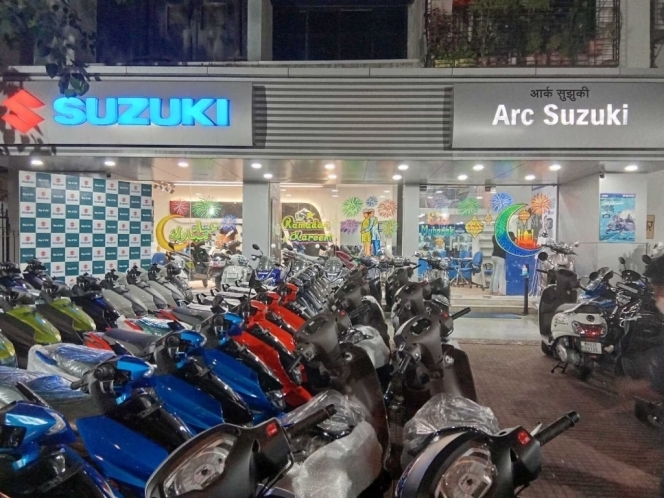
Suzuki Motorcycle India (SMIPL), the two-wheeler subsidiary of Suzuki Motor Corporation, Japan, has announced its sales performance for November 2025, recording total sales of 122,300 units. This marks a strong 30 percent YoY growth over 94,370 units sold in November 2024.
In the domestic market, the sales touched 96,360 units last month, which was 23 percent growth over 78,333 units a year ago.
On the exports front, sales grew 62 percent reaching 25,940 units in November, up from 16,037 last year.
Additionally, SMIPL’s aftersales business continued gaining momentum with spare parts sales of INR 955 million in November.
Deepak Mutreja, Vice-President – Sales & Marketing, Suzuki Motorcycle India, said, “We are grateful for the growing confidence our customers place in Suzuki. Their support, along with the dedicated efforts of our dealer network, continues to drive our growth. Alongside strengthening our presence, we are also expanding customer engagement initiatives and experience-led programs to bring riders closer to the brand. We will continue to invest in enhancing accessibility, after-sales experience, and community-building as we work towards sustained growth.”
Honda Motorcycle & Scooter India Clocks 25% Sales Growth In November
- By MT Bureau
- December 01, 2025
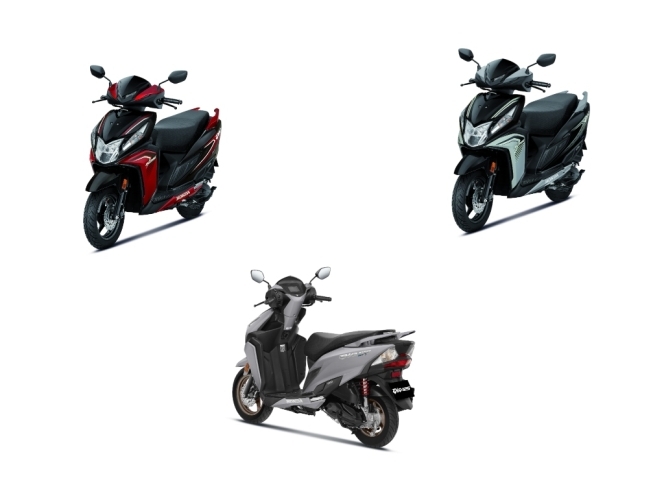
Honda Motorcycle & Scooter India (HMSI), one of the leading two-wheeler manufacturers in the country, has reported wholesales of 591,136 units in November 2025, up 25 percent YoY.
The total sales figure for the month included 533,645 units in domestic sales and 57,491 units in exports.
During the period, the automaker continued its commitment towards road safety by organising awareness campaigns across various cities nationwide, encouraging responsible road behaviour through interactive learning.
HMSI also celebrated Children’s Month with a Kids Carnival across all its manufacturing facilities, Traffic Training Parks (TTPs), and Safety Driving Education Centers (SDECs). The initiative, themed ‘Safety Explorers: Journey Through Traffic Land,’ aimed to make road safety learning engaging for children while promoting safe habits from an early age.
Royal Enfield Wholesales Grows 22% In November
- By MT Bureau
- December 01, 2025

Chennai-based mid-sized motorcycle major Royal Enfield has reported its monthly wholesales for November with 100,670 units sold, up 22 percent YoY, as against 82,257 units sold last year.
This includes 90,405 units in the domestic market, up 25 percent YoY and 10,265 units in the exports market, up 2 percent YoY.
B. Govindarajan, Managing Director, Eicher Motors and Chief Executive Officer, Royal Enfield, said, “November was truly a special time for us at Royal Enfield. At EICMA, this year, we marked a significant milestone as we entered our 125th year of Pure Motorcycling, a legacy that is built on authenticity, craftsmanship, and an unwavering pursuit of timeless design. Our showcase at EICMA this year reflected a perfect blend of past, present and future; ranging from the special edition of our most iconic motorcycle – the Classic 650 to a bigger and bolder Bullet 650, to pushing the boundaries of urban exploration with the Flying Flea S6. Carrying that energy back home, Motoverse in Goa welcomed people from across the globe, and it was heartening to see the strong enthusiasm for the new motorcycles we unveiled for the riding enthusiasts. Motoverse brought together riders who have been with us for decades and many who are just starting their journey with us and every moment there was a reminder that this community truly is the soul of Royal Enfield.”
Bajaj Auto 2W Sales See Flat Growth In November, Exports Clock 37% Growth
- By MT Bureau
- December 01, 2025
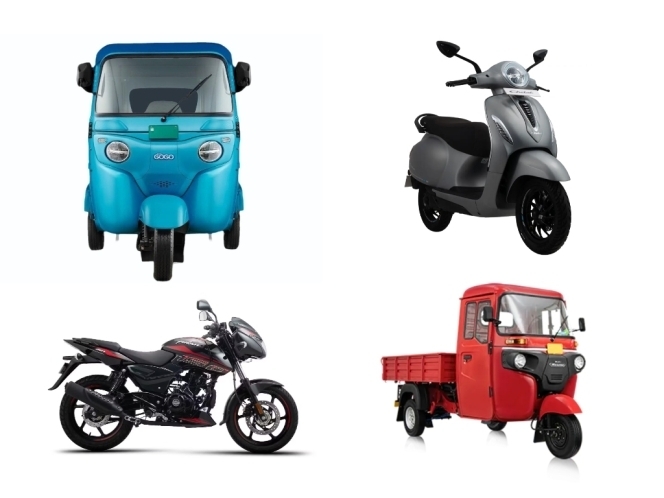
Pune-headquartered two-wheeler and three-wheeler major has announced its wholesales for November with a total of 453,273 units sold, which is 8 percent higher YoY, as compared to 421,640 units sold last year.
The robust sales performance was seen with exports seeing 14 percent YoY growth at 205,757 units, as compared to 180,786 units shipped last year. This includes 177,204 two-wheelers, up 8 percent YoY and 28,553 three-wheelers, up 75 percent YoY.
On the other hand, domestic two-wheeler sales saw a marginal decline at 202,510 units, as compared to 203,611 units sold last year. Exports grew by 8 percent at 177,204 units, as compared to 164,465 units a year ago.
Domestic three-wheeler sales also saw a healthy 21 percent YoY growth with 45,006 units sold, as compared to 37,243 units sold last year.


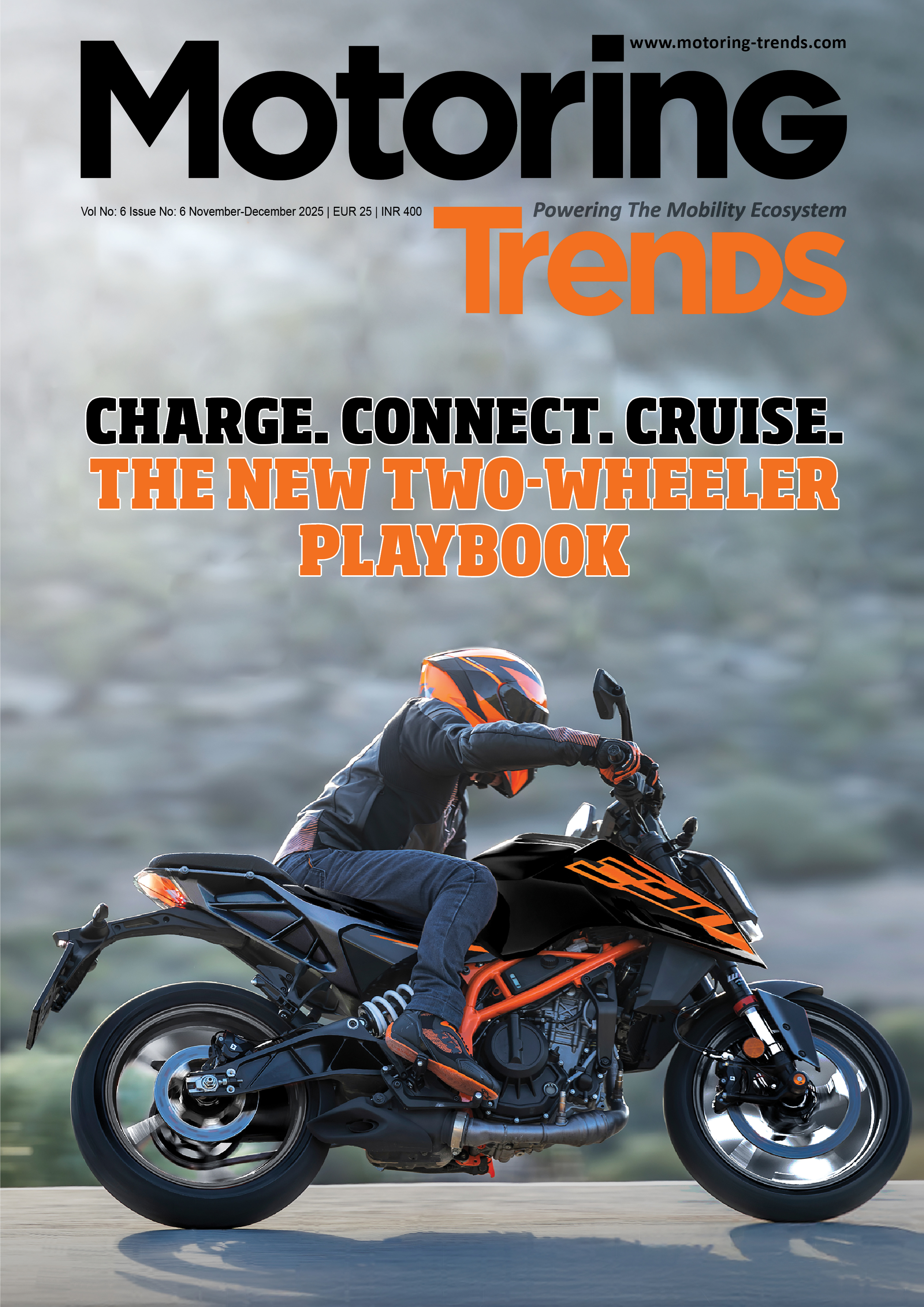


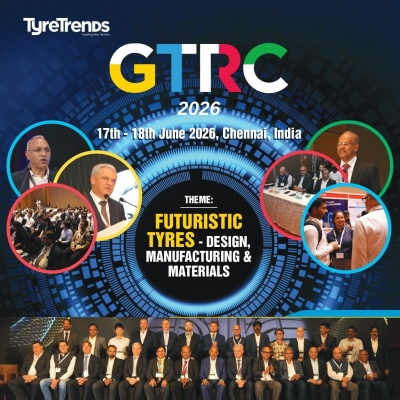
Comments (0)
ADD COMMENT